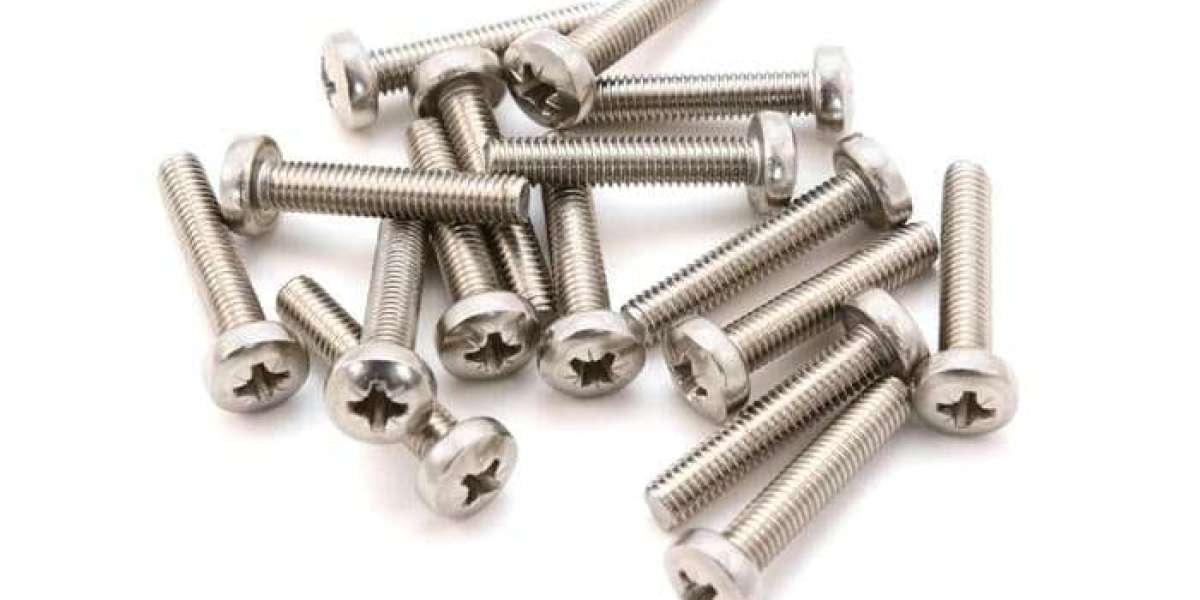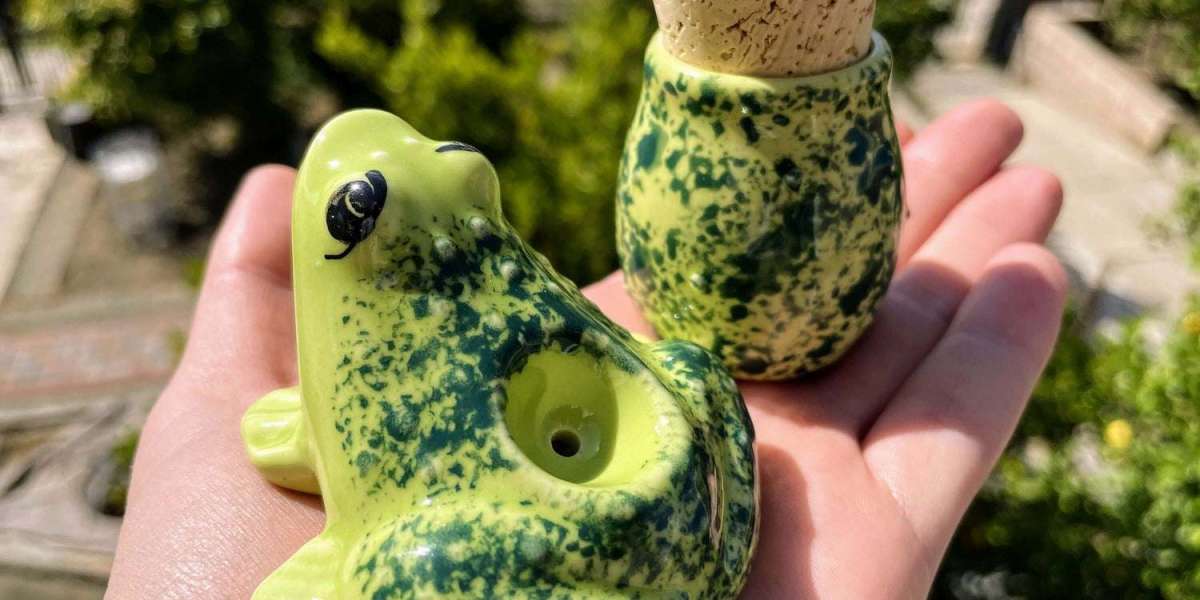Introduction: The flat point set screw is a small but essential component in various industries, and its role cannot be underestimated. In this article, we will dive deep into the world of flat point set screw, covering everything from their characteristics to applications and frequently asked questions. Let's get started!
FAQ: Frequently Asked Questions About Flat Point Set Screws
- What is a Flat Point Set Screw? A flat point set screw is a type of fastener designed with a flat, non-tapered end. It typically features a hex socket or slotted drive for tightening and securing it in place. This screw is commonly used to hold parts together or adjust the position of components within a mechanical assembly.
2. What Are the Key Characteristics of a Flat Point Set Screw?
- Flat Tip: As the name suggests, these screws have a flat, level tip.
- Threaded Shank: The shank, or the body of the screw, is threaded, allowing it to create a secure connection.
- Various Materials: Flat point set screws are available in a variety of materials, including stainless steel, alloy steel, and brass, to meet different application requirements.
- Drive Types: They come with different drive types, including hex socket, slotted, and more, making them versatile for different applications.
3. Where Are Flat Point Set Screws Used?
- Positioning and Fixing: Flat point set screws are frequently used to position or fix components in place. For example, they might be used to secure a gear on a shaft or adjust the height of a workpiece.
- Electronics: They are commonly found in electronics to secure PCBs, panels, and other components in place.
- Automotive: In the automotive industry, these screws can be used for various applications, such as securing dashboard components or adjusting side mirrors.
4. What Are the Advantages of Using Flat Point Set Screws?
- Precise Adjustment: The flat tip allows for precise and stable adjustments.
- Flush Fit: They provide a flush fit when installed, which can be important for aesthetics or preventing snagging.
- High Torque Transmission: Due to their hex socket drive, flat point set screws can transmit high torques efficiently.
5. How Do You Install a Flat Point Set Screw? Installing a flat point set screw involves using the appropriate driver (hex key or slotted screwdriver) to tighten it into the threaded hole or component. It's essential to ensure that it is tightened securely but not over-tightened to avoid damaging the threads.
6. Are There Any Variations of Flat Point Set Screws? Yes, there are variations of flat point set screws, including cup point and cone point set screws. Cup point set screws have a cup-shaped indentation on the tip, while cone point set screws have a conical point, each serving different purposes and applications.
7. What Sizes are Available? Flat point set screws come in various sizes, typically measured by their thread diameter and length. The choice of size depends on the specific application's requirements.
8. Can Flat Point Set Screws Be Reused? While some flat point set screws can be reused, it's essential to inspect the screw and the threads carefully. Over time, reusing a screw may lead to reduced performance and holding power.
Conclusion: The flat point set screw may be small, but it plays a significant role in various industries, ensuring precise adjustments and secure fastening. Understanding their characteristics and applications can help professionals choose the right screw for their specific needs. Whether you're working in electronics, automotive, or any other field that requires precision fastening, the flat point set screw is a valuable tool in your toolkit.









